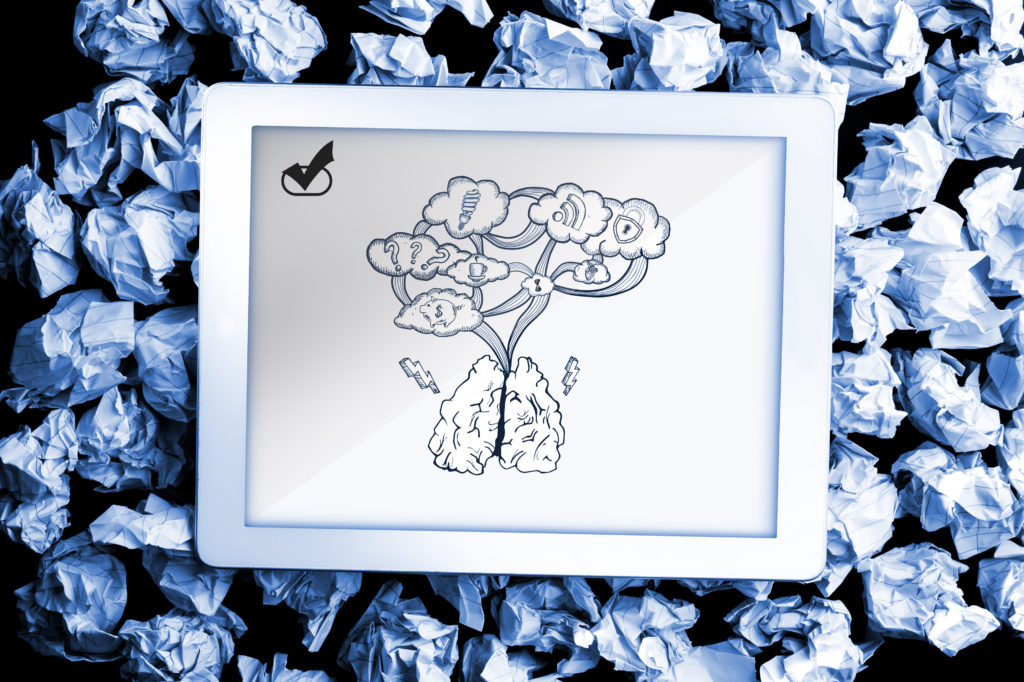Software is a Terrible Thing to Waste
By J. LeRoy Ward, PMP, PgMP, PfMP, CSM, GWCPM, SCPM | Executive Vice President – Enterprise Solutions, IIL
Waste. It’s such a, well, dirty word.
But that’s what’s going on in the software industry every day. In fact, software waste, or the amount of software purchased but not used, costs organizations in the U.S. alone roughly $30 billion a year.
According to the Borgen Project, this is enough money to solve world hunger. So, while Mark Andreesen famously remarked “software is eating the world,” in reality the world could eat more based on the amount of money that’s being wasted on software. Funny how things work in life.
Why? Because organizations are buying software that is either not used at all, or is used for a specific period of time, let’s say for a particular project, but then never used again. However, the organization continues to pay the “per seat” license or subscription fee to the vendor because it’s installed and available for use.
For example, when was the last time you used Visio on your laptop?
As an FYI, the titles with the most waste include (percent figures indicate amount of waste):
Attachmate—Extra! Extreme (49%) and Reflection X (52%)
Microsoft—Visio Standard (52%), Project Professional (45%), and Office Professional + (7%)
Adobe—Acrobat Professional (22%) and Photoshop (43%)
Autodesk—AutoCAD LT (58%) and Inventor (61%)
One way to identify this unused software is to implement automated solutions as a complement to other software asset management (SAM) practices. Certainly any large IT organization with thousands of “seat licenses” spread over hundreds of software titles, such as the ones above, might consider making this type of investment.
But that’s addressing the problem after-the-fact, when the “horse is out of the barn,” so to speak. Another way to reduce software waste is to do a much better job of requirements gathering and management before purchasing such licenses or subscriptions, so you know just how many to purchase in the first place.
There are many different requirements gathering techniques and tools that can be used to collect information from large volumes of people as part of a software provisioning project. One just needs to break out of the mold of always collecting requirements in the same way that’s been done for years. One piece of advice is to make sure there is an experienced Business Analyst on your project team to help select the best way to do this. After all, that’s what they’re paid for and they can be very helpful in this regard.
If by doing a better job of requirements gathering, combined with other SAM techniques, we can cut software waste by 50%, we’d save our organizations close to $15 billion! While it would be great if management would put that back into our paychecks (or better yet, feed the world’s hungry) if all that happens is a greater investment in training or creating better products for our customers, then it’ll certainly be worth the effort.
After all, software is a terrible thing to waste!
Visit the IIL website to learn more about our Business Analysis courses, and get 10% off when you register with code: BLOG.

J. LeRoy Ward is a highly respected consultant and adviser to Global Fortune 500 Corporations and government agencies in the areas of project, program and portfolio management. With more than 38 years of government and private sector experience, LeRoy specializes in working with senior executives to understand their role in project and program sponsorship, governance, portfolio management and the strategic execution of projects and programs.


